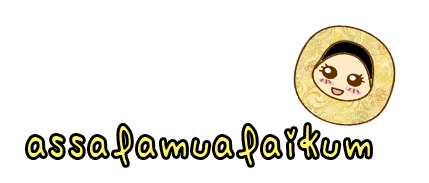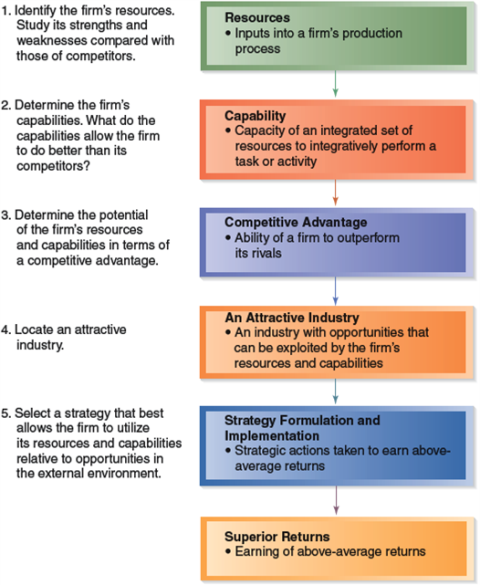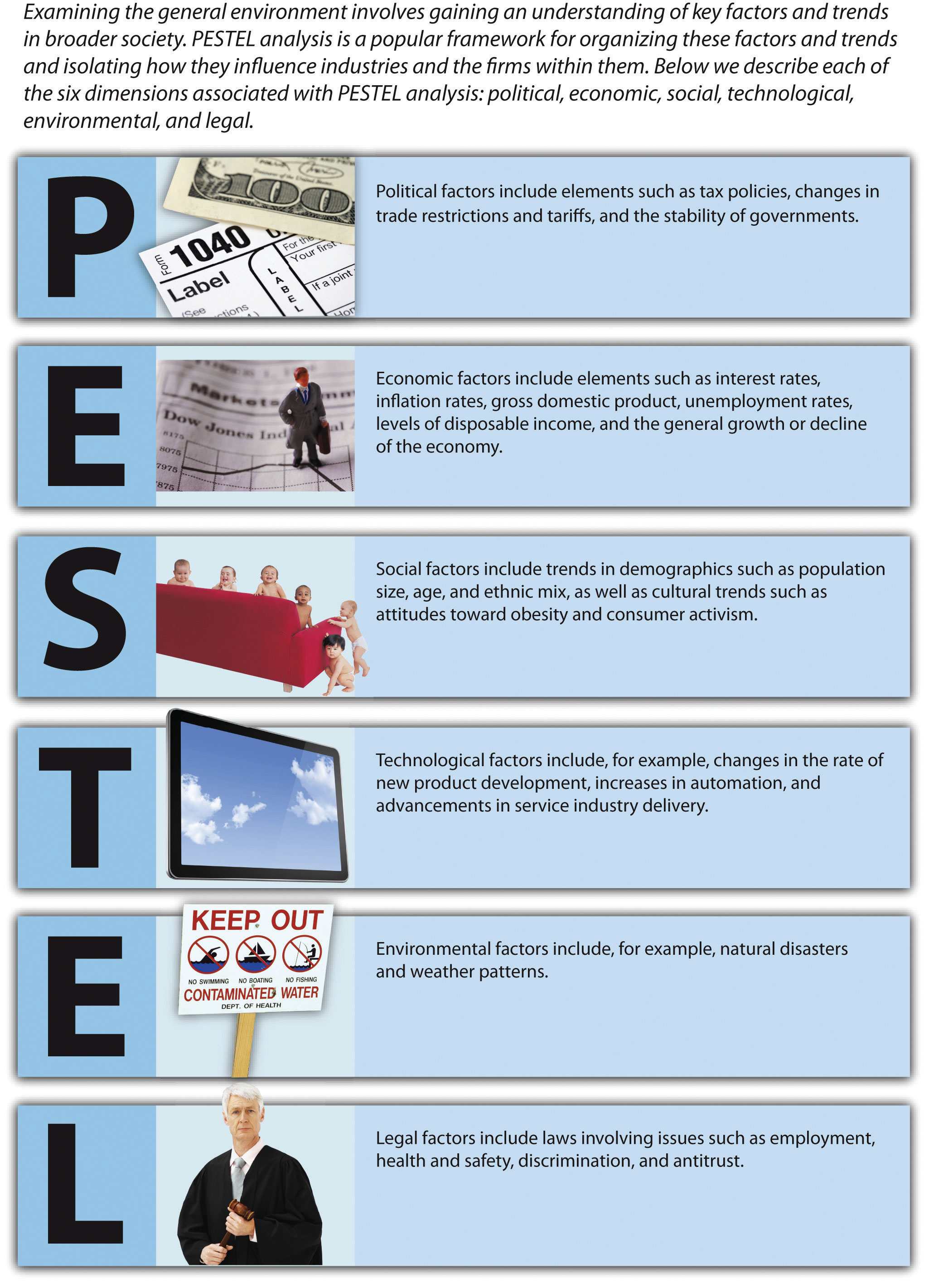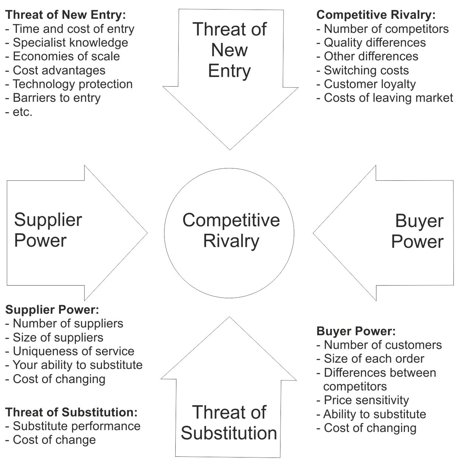26112013...hello everyone...today, i will share about what kind of value i want to inculcate if i one of the top managers. for your information, this week, we have no lecture nor tutorial class. so, this is the task that i need to do. (i'm sorry for being late)
If I one of the top managers, I want to inculcate Islamic values
in my organizations as Islam is the way of life. besides, whoever improving relationship with Allah,then Allah will improve its relationships with humans. i want my employee to take care their relationship with Allah so that their relationships with other co-worker and customer will be good and smooth.
so, the first things that they need to care in order to work in my organization is 5 times prayer. if they do not practice it, i will not take them to work at my organization. They are also need to cover their aurah properly. In the morning, all the staff
must perform dhuha prayer together because it is a key to success in reaching
blessing. As for the zuhr prayer time, they are encouraged to perform prayer
together (berjemaah) as they will get energized. Based on John Herbert
findings, he discovered that the touch between the jemaah’s shoulders in
prayers balances the positive and negative electrical charges that are found in
the human body to make the body more refreshed and energetic.
Other than that, I want to make a good
relationship with my staff. I want them to feel that they are working with me,
not for me. If we are working together, I think that we can overcome all the
hurdle or challenges that we face. I don’t want my employee to feel stress
while working under me. If they have problem, they can just share it with me
and I will try to help it as I can. I want them to feel that all the staffs in
my organization are one happy family regardless what position are they. Thus it
may strengthen our relationship.
One of the organizations that have a good corporate culture is
Faculty of Economy and Muamalat. They practice Islamic value in their
organization. For example, every Friday morning, all the staffs will gather at
the surau FEM to perform dhuha prayer together and have sharing moment for
reminder (tazkirah). Sometimes they also conduct tahlil and recite yassin for
the deceased.
For the organization outside Malaysia, I found out about Southwest
Airlines. Its relaxed culture can be traced back to unconventional CEO Herb
Kelleher, who encourages informality and wants staff to have fun at their jobs.
Employees are valued, with Kelleher acknowledging births, marriages and deaths
by notes and cards.
that's all from me. Peace no war!!!








































